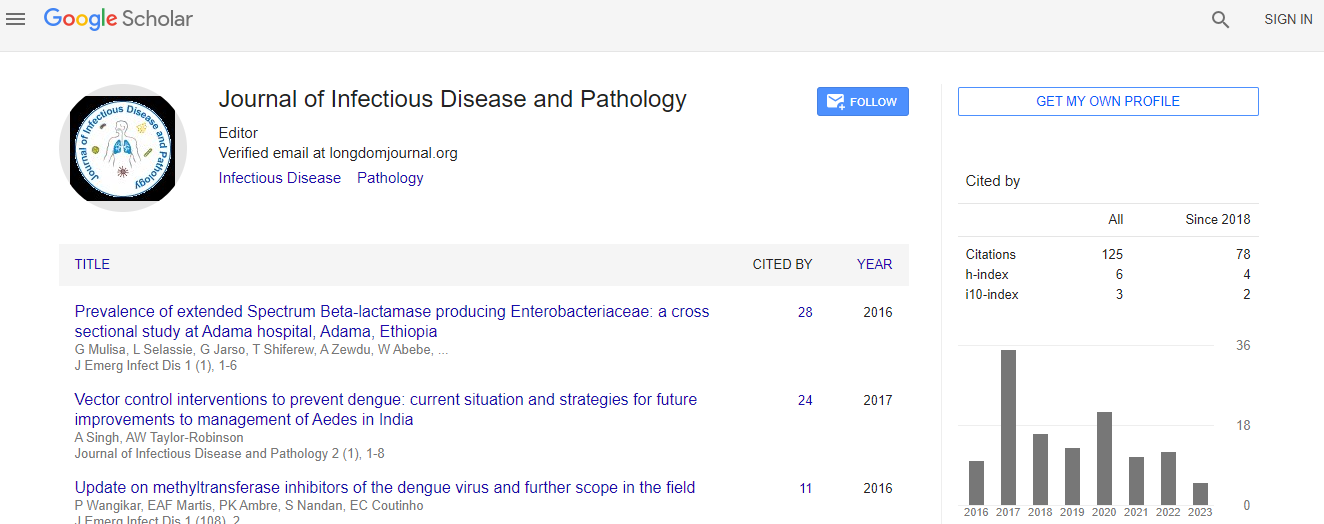Vitamin D in Infectious Complications
*Corresponding Author: Massimo R. Mannarino*, Unit of Internal Medicine, Angiology and Arteriosclerosis, University of Perugia, Perugia, Italy, Email: massimomannarinor@gmail.com
Copyright: © 2021 Mannarino MR. This is an open-access article distributed under the terms of the Creative Commons Attribution License, which permits unrestricted use, distribution, and reproduction in any medium, provided the original author and source are credited.
Abstract
Vitamin D was principally perceived for its part in calcium homeostasis, whose lack caused rickets. In the new years, Vitamin D has been found to assume a significant part in balancing invulnerable cells, and hindering the incendiary reaction . Vitamin D is involved in the guideline of more than 2000 qualities, is known to react to disease, assumes a part in antimicrobial peptide creation, and triggers inborn invulnerability. The general consequence of Vitamin D inadequacy is the change of key resistant reaction organic cycles, like quality articulation, cytokine creation, digestion and cell work. Studies have uncovered a high commonness of Vitamin D insufficiency in fundamentally sick patients, and that Vitamin D lack may be related with more regrettable results in patients with Covid illness 2019 (COVID-19, for example, more serious sickness and higher death rates. Many danger factors have been perceived for diminished Vitamin D levels, including age, scope, the utilization of sunscreen, restricted sun openness, non-White identity, heftiness, low dietary admission of Vitamin D, and malabsorption disorders.

 Spanish
Spanish  Chinese
Chinese  Russian
Russian  German
German  French
French  Japanese
Japanese  Portuguese
Portuguese  Hindi
Hindi 